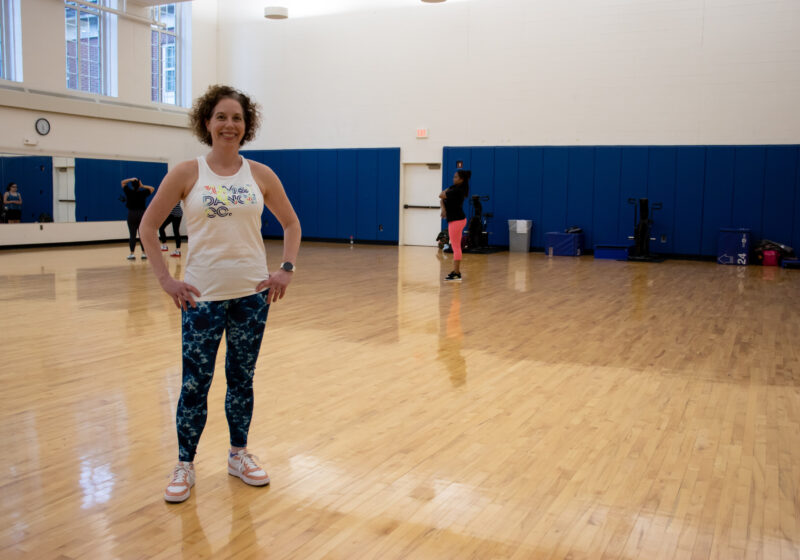Last week a sound resonated through the dark to the hearts of listeners, a sound that had only been heard once before in the city of Rochester.
The sound was the throat singing of a group called Huun-Huur-Tu when, on Jan. 24, they preformed a sold-out concert at the Eastman School of Music’s Kilbourn Hall. These performers, from the Republic of Tuva in Russia, have been bringing this ancient form of music- making – initially used by sheep and reindeer herders in the mountains of central Asia – to the ears of the west in over 500 concerts in the U.S. and Canada.
“Throat-singing music comes to us from the time before language,” said Huun-Huur-Tu co-founder, Sayan Bapa. “That is why it is so difficult to find words to describe its beauty.” When asked about the concert she had just attended, Eastman spokeswoman Juliet Grabowski said, “I didn’t know the human voice could do something like that.”
Traditional throat-singing is done as a solo performance where the single vocalist simultaneously produces two distinct pitches – a fundamental note and high above it, a series of articulated harmonics that are created into the melodies of the song. To get a good impression of the sounds and style of the music, one must look to the ancient culture and environment of the Tuvan people.
Today’s performers dedicate themselves to the concept entirely of imitating the sounds of their homeland for aesthetic purposes. Within the music of last week’s concert, horses and other animals were represented through the “clip clop” of the percussion and other instruments, producing distinct images and feelings of the Tuvan culture. Through these methods, the performers take on the delicate task of conveying to their listeners a society unknown to the west. But the Huun-Huur-Tu group remains faithful to the definition of “tradition” and expands their music relative to the life of Tuva’s continuously growing community.
Recently, important members of the western musical community such as Frank Zappa and Johnny “Guitar” Watson have contributed their own talents to the Huun-Huur-Tu group, who fondly relate their traveling lifestyles to those of their nomadic ancestors.
“I definitely look at singing now much differently than before hand, as too, I’m sure, does the entire Rochester cultural community.” Grabowski said.
Hiler can be reached at khiler@campustimes.org.


